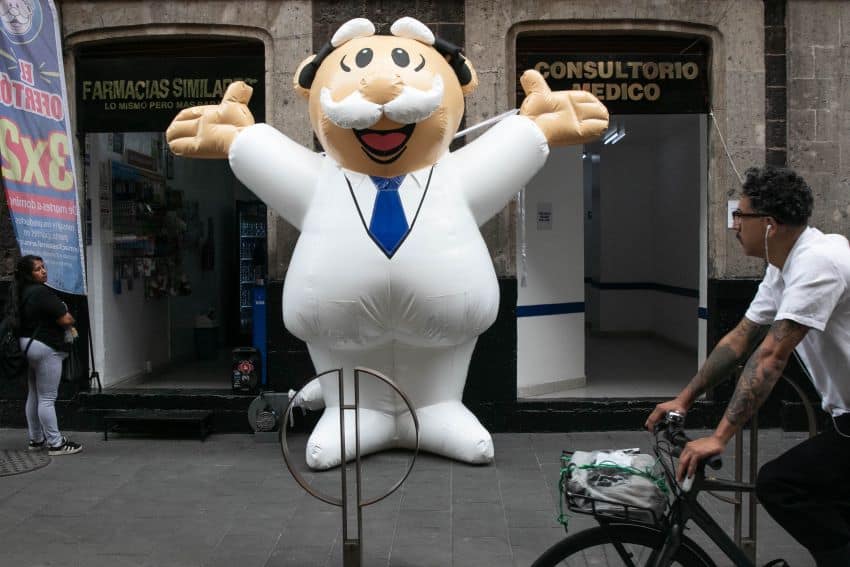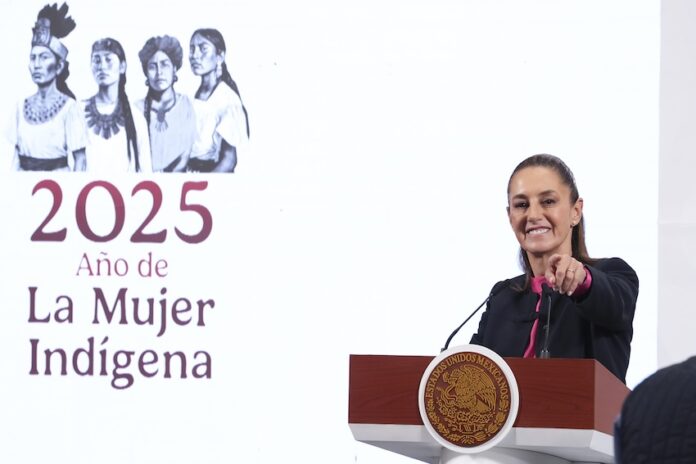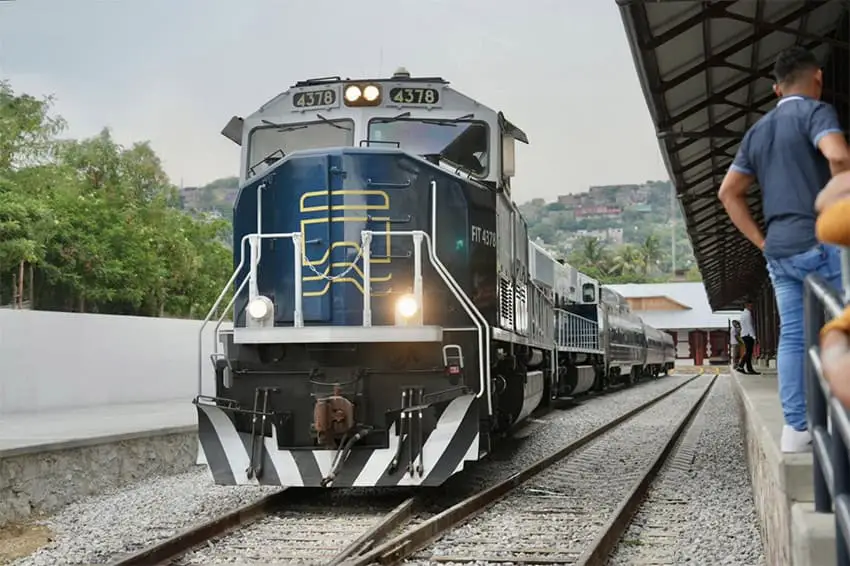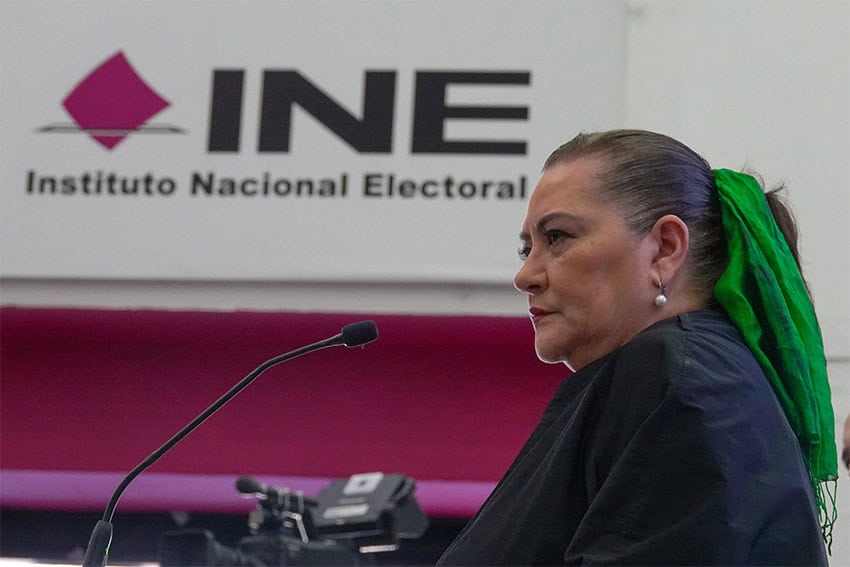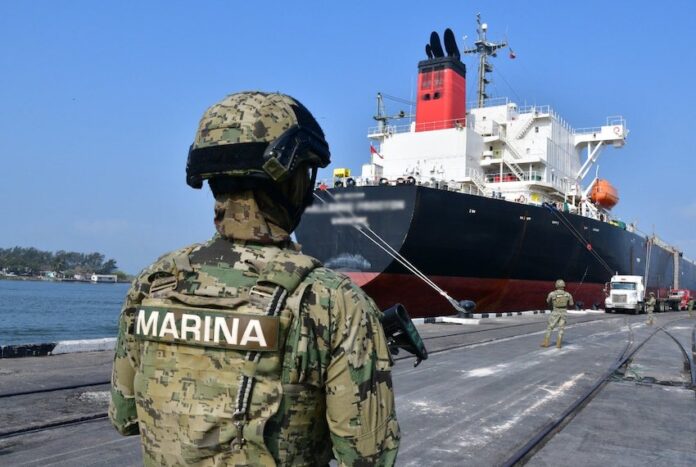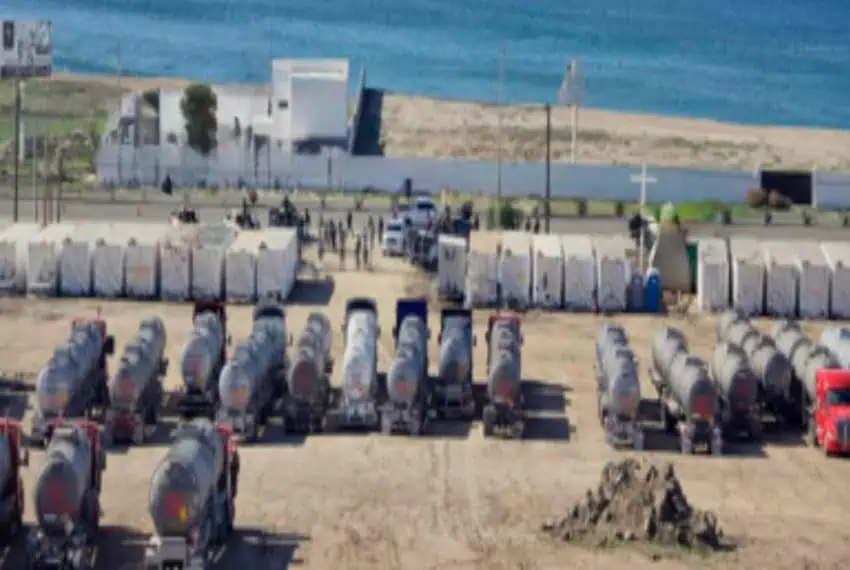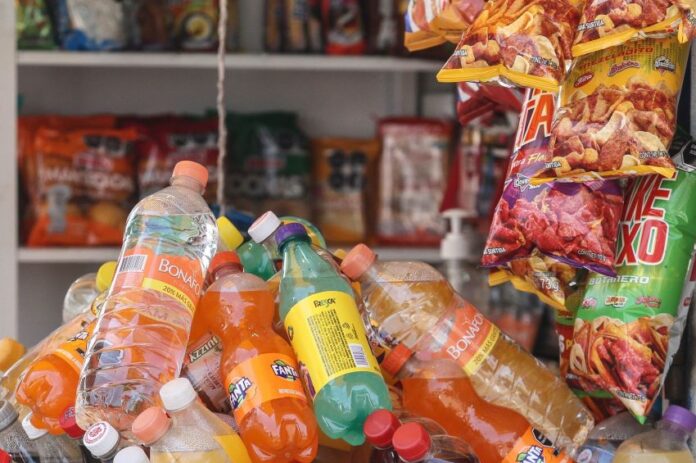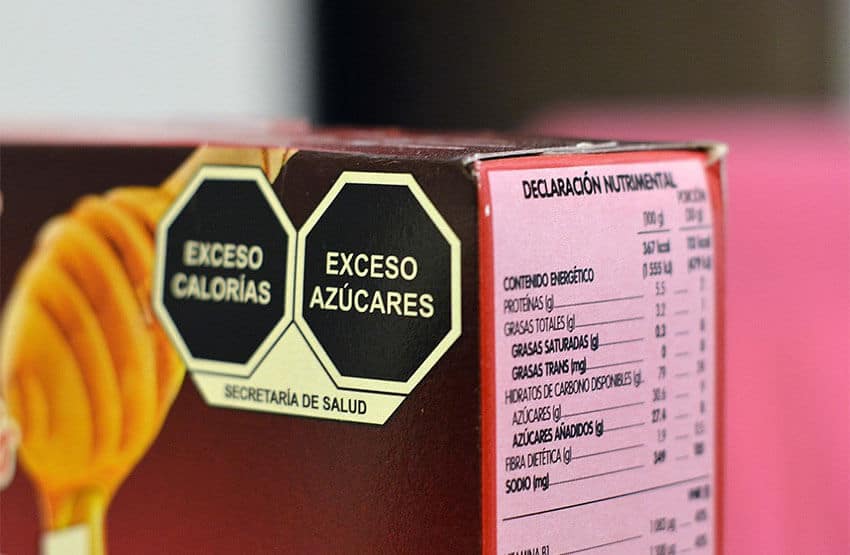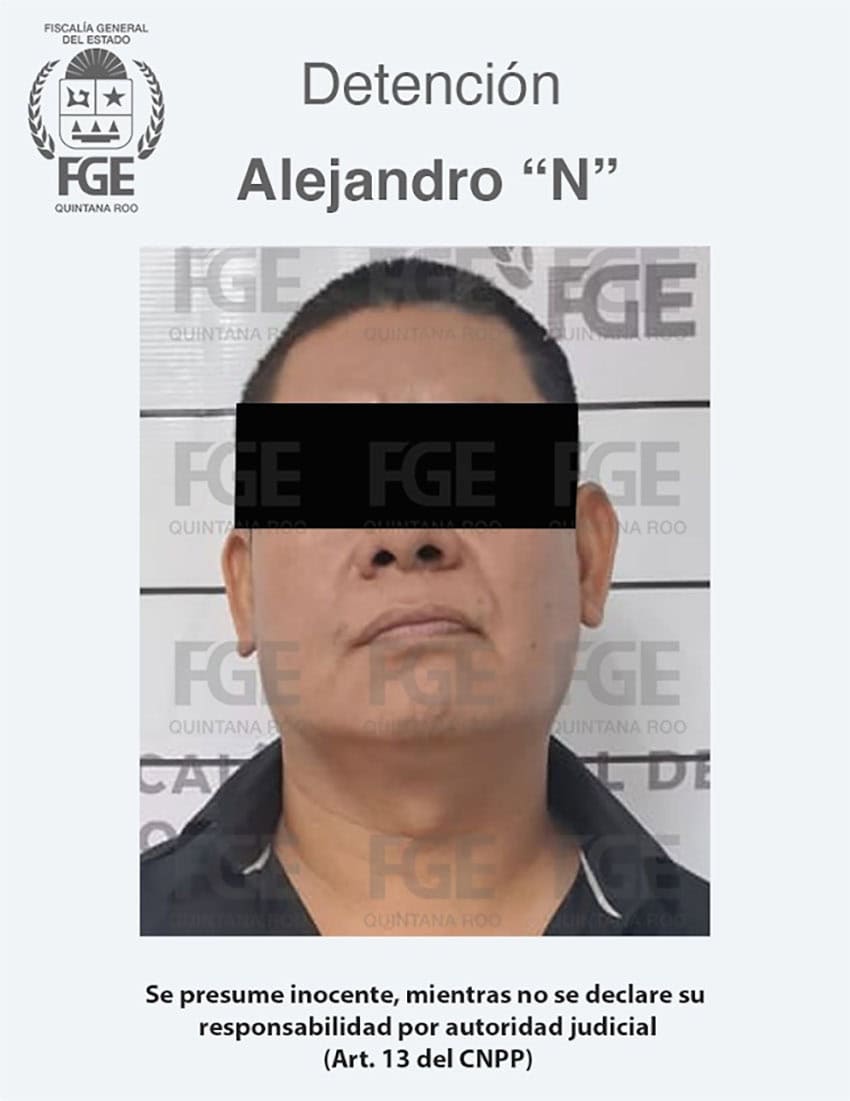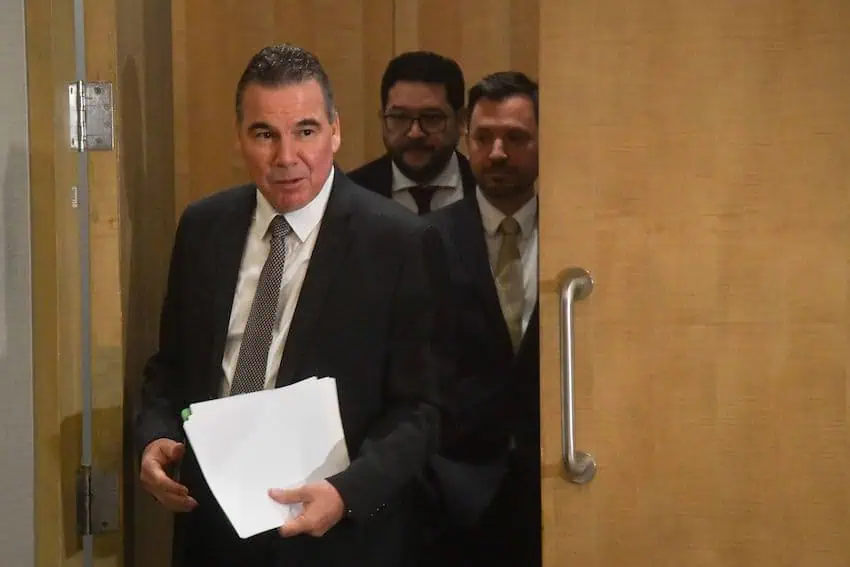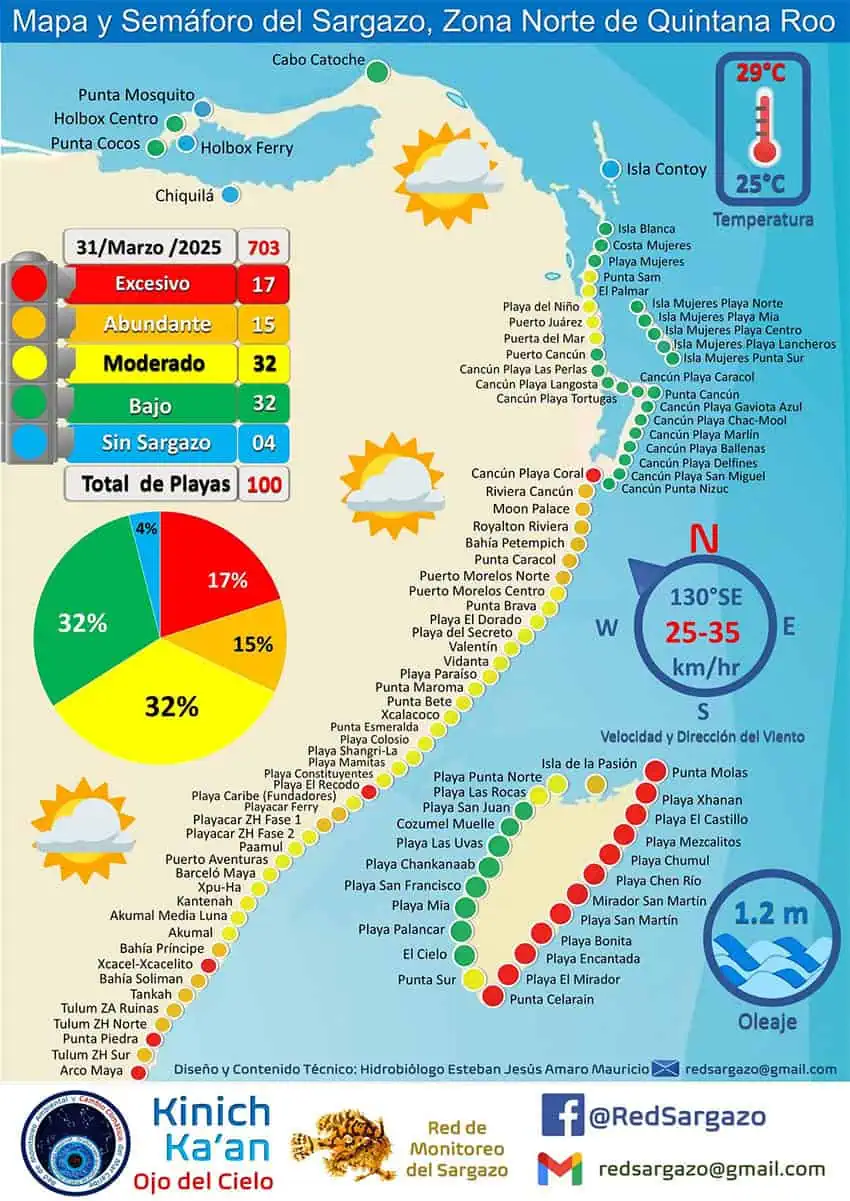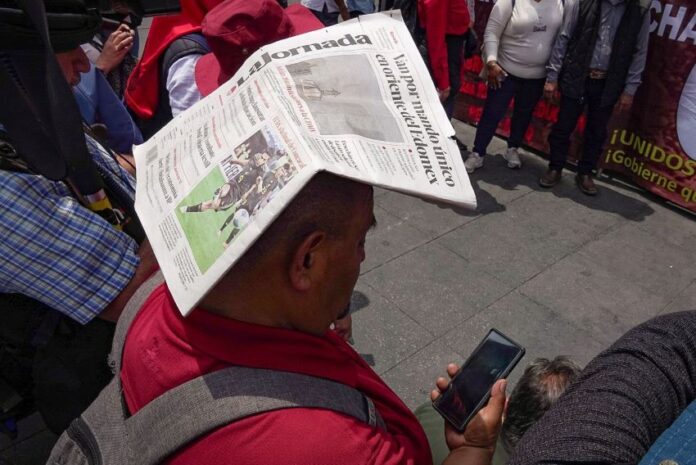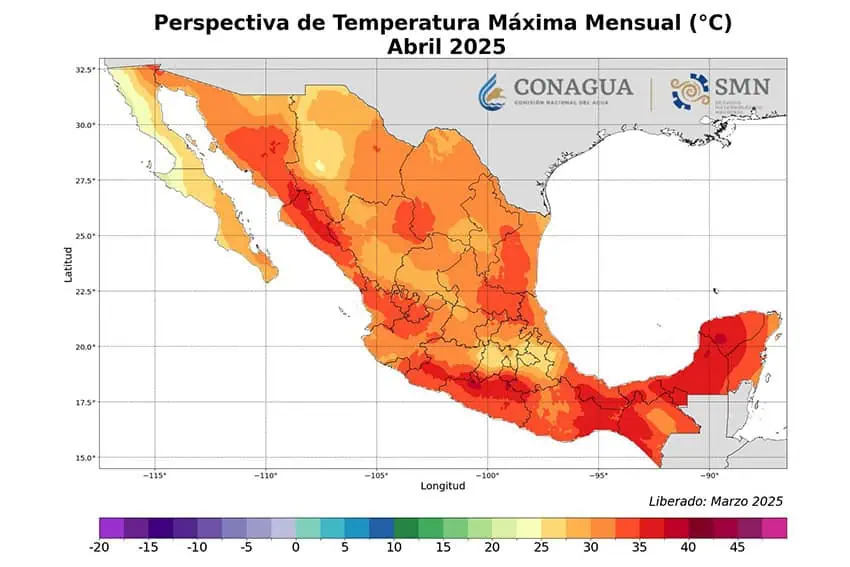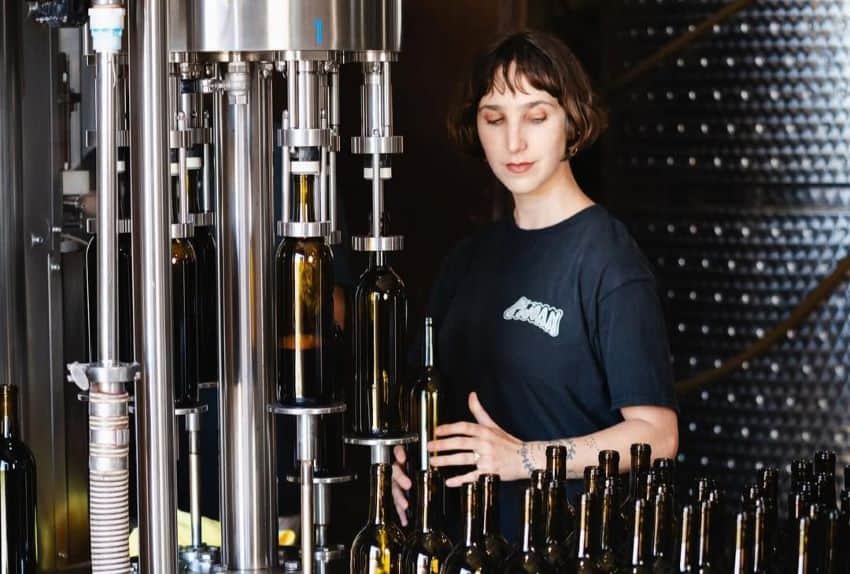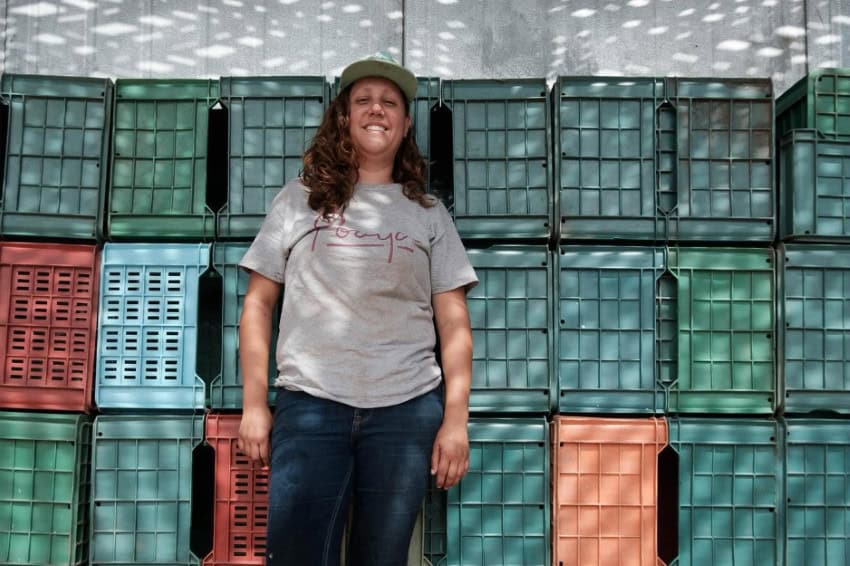April is usually a fairly quiet time of year in Oaxaca. It is getting warmer with temperatures averaging around 30 C (86 F) in the city. It is a lovely time to explore, as the famous jacaranda trees are still in full bloom. This year Semana Santa (Holy Week) is celebrated in April. From the moment you arrive in the city, you can find symbols of the upcoming celebrations. Shops and homes are decorated with purple and white ornaments, which were hung, announcing the arrival of Lent.
Film screening: “Dan Roo: Las voces por el río”
View this post on Instagram
The testimony of a collective organization for water autonomy that demonstrates that, when the community comes together, change is possible. This is the final installment of a viewing series that began with International Water Day on March 22 at Matamoros 404, a cultural center and transdisciplinary arts space. After the screening, there will be an opportunity to discuss issues of water security and environmental sustainability.
Dates: April 4 at 7 p.m.
Cost: No cover
Location: Mariano Matamoros 404, Centro, Oaxaca de Juárez
Oaxaca Beer Fest 2025
View this post on Instagram
These hot, dry Oaxacan afternoons are perfect for sipping on a cold beer. And what could be more perfect than sipping a locally made one on top of a beautiful rooftop? 18 breweries, one mead project and one kombucha project will gather at the Casa de Barro cultural and commercial center to celebrate craft beer made in Oaxaca.
Each brewery will feature at least two different styles of beer, ranging from lagers, IPAs, red ales, stouts and sours, among others. There will also be DJs and live music throughout the event. Coordinated by the Asociación de Cerveceros de Oaxaca, it is an opportunity to try different styles of locally crafted beer, eat delicious food and dance the evening away.
Dates: April 4 and 5, 12:30 to 11 p.m.
Cost: 70 peso cover
Location: Reforma 703, Centro, Oaxaca de Juárez
Inauguration of “París: Bajo una pequeña nube”
View this post on Instagram
This exhibition at Oaxaca’s beautiful photography museum showcases work by esteemed photographer Alberto “El Negro” Ibáñez. During his career, Ibáñez has explored the cultural and ethnic diversity of Oaxaca and the world Originally from Santa Cruz Xoxocotlán, Ibáñez says that over the past thirty years he has focused on documentary photography.
The artist focuses his photography on portraits, which, he says, means “confronting a society, a person.” This exhibition captures a picture-postcard life of Paris at the turn of the millennium. A must-see exhibition that reveals the city from an intimate and surreal perspective through subway scenes, nightlife, gay pride and portraits reflected in urban window displays.
Dates: April 5 at 12 p.m.
Cost: Entry is free
Location: Centro Fotográfico Manuel Álvarez Bravo, Manuel Bravo 116, Centro, Oaxaca de Juárez
Under Control Vol 3
View this post on Instagram
If you are keen to find a night of dance and electronic music in Oaxaca city, then Estación Morelos is a great venue to be aware of. This April, they’re hosting a Closed Society Record’s event, the third edition of “Under Control.” The night will feature performances and music from 3Gallos, Bibi8, Lanyster, Martsal and MGNO.
Dates: April 5 at 8 p.m.
Cost: No cover, but online registration is required.
Location: Av. José María Morelos 1309, Centro, Oaxaca de Juárez
Engraving workshop with Ludwing Franco
View this post on Instagram
You can’t go more than a block or two in downtown Oaxaca without finding a printmaking workshop or exhibition. This artform is a significant art movement in Oaxaca and the aesthetic behind many forms of resistance. Ludwing Franco is a local artist whose art is inspired by his traditions and culture.
During the workshop Franco will share a brief history and context of print-making in Oaxaca and the world more generally. Then he will guide you to make your own design. The workshop costs includes all materials needed to make your own engraving and prints, as well as a free signed print by Franco. Artisanal coffee and mezcal will be available throughout the session.
Dates: April 9, 3 to 5 p.m.
Cost: 1,230 pesos
Location: Tlayudona, Manuel Bravo 210 C, Oaxaca de Juárez
Inauguration of Versus Vol. 2 at InsituBodega
View this post on Instagram
Insitu, one of Oaxaca’s foremost mezcalerías, will host an exhibition from photographer Anna Bruce and tattoo artist Edgar Gopar, including Gopar’s interventions on Bruce’s photographs from the world of mezcal production. The photos are selected from over a decade of Bruce’s close work with the agave spirits community in Oaxaca state.
Gopar explains that his “inspiration, in essence, is the photos themselves,” “those windows that took me to a moment where the spirit of the maguey-mezcal was present.” A courtesy mezcal is available on arrival, and Gopar will be tattooing. A Rambling Spirits bartender will collaborate with Insitu’s managing bartender David Castillo for some bespoke cocktails
Dates: April 12, 5 to 11 p.m.
Cost: Free entry
Location: Reforma 306, Centro, Oaxaca de Juárez
Holy Week processions

April 13 is Palm Sunday, which marks the first day of Holy Week. In the capital, it is customary to visit churches just to see the decorations and offerings. One of the main days of reverence in Oaxaca is Good Friday. During the day, you will find the various stagings of the ‘Stations of the Cross’ in the streets of the city and in the afternoon you can follow along with the majestic Procesión del Silencio at 5 p.m. During the procession, participants walk in complete silence, carrying lit candles and wearing tunics and hoods, symbols of penitence and humility. The procession winds through the Historic Center. You can see depictions of Christ’s passion and biblical scenes evoking Jesus’ death and resurrection.
Dates: April 13 through 20
Cost: Free
Location: Throughout Oaxaca city
Bread and Leatherworking Festival in Santo Domingo Tomaltepec
View this post on Instagram
Santo Domingo, about 30 minutes from Oaxaca city, shares its culinary and artisanal traditions in the 12th annual Expo-Feria del Pan y la Talabartería. Attendees will be able to discover the community’s baking and saddlery traditions, as well as participate in activities such as tasting traditional foods such as liver, yellow pork empanadas, enchiladas, memelitas and more.
Fifteen bakeries and ten leather workshops will participate. Belts, keychains, wallets, bags, purses, and other leather products will be available for purchase, as will the town’s traditional drink, Catalan, made with anise. A cultural program will also be held, featuring dancing, music as well as a cycling race.
Dates: April 20, 8 a.m. to 8 p.m.
Cost: Free entry
Location: Explanada Municipal, Santo Domingo Tomaltepec
Latin Mafia at Auditorio Guelaguetza
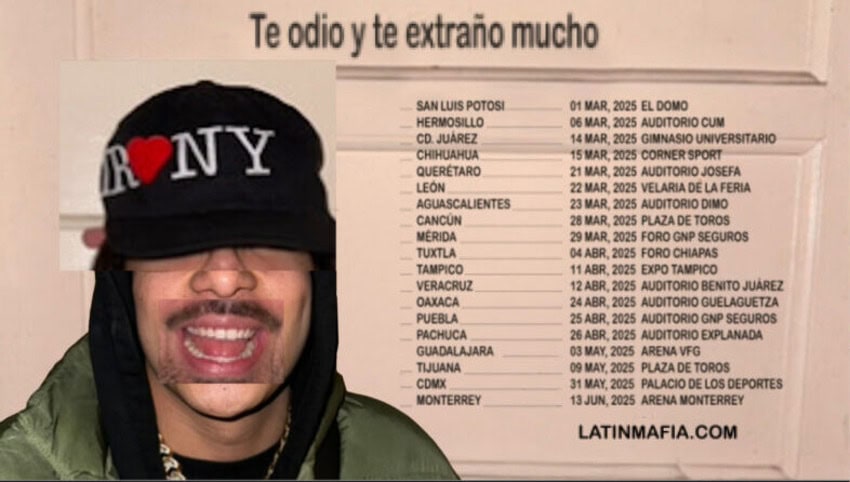
In April 2024, Mexican indie pop group Latin Mafia made their U.S. debut performing at Coachella. The group consists of twin brothers Milton and Emilio de la Rosa on vocals, produced by older brother Mike de la Rosa. Their music has been described as a reggaeton, R&B, trap and house hybrid. On April 24, they take the stage at the Auditorio Guelaguetza as part of their “Te odio y te extraño mucho” tour.
Dates: April 24 at 9 p.m.
Cost: Tickets start at 490 pesos
Location: Auditorio Guelaguetza, Carretera Panamericana s/n, Oaxaca de Juárez
Feria de la Nieve y el Mezcal in Tlacolula
View this post on Instagram
Tlacolula de Matamoros, a majority-Zapotec municipality, is about 45 minutes from downtown Oaxaca city. At this annual festival, you can try traditional mezcals by 40 mezcaleros and delicious ice creams with natural flavors. The festival will have a pavilion of artisans, food samples, and tours with visits to mezcal palenques, including tastings, so that visitors can learn about the culture of the drink. The festival also offers mixology courses, with a wide range of options for enjoying this municipality and its surroundings. Families who make the sorbet-like nieve will be showcasing classic and unconventional flavors such as grasshoppers, chepil, maguey worms, bougainvillea and pan de cazuela, among others.
Dates: April 25 through 27
Cost: Free entry
Location: Parque Municipal, Tacolula de Matamoros
Anna Bruce is an award-winning British photojournalist based in Oaxaca, Mexico. Just some of the media outlets she has worked with include Vice, The Financial Times, Time Out, Huffington Post, The Times of London, the BBC and Sony TV. Find out more about her work at her website or visit her on social media on Instagram or on Facebook.



